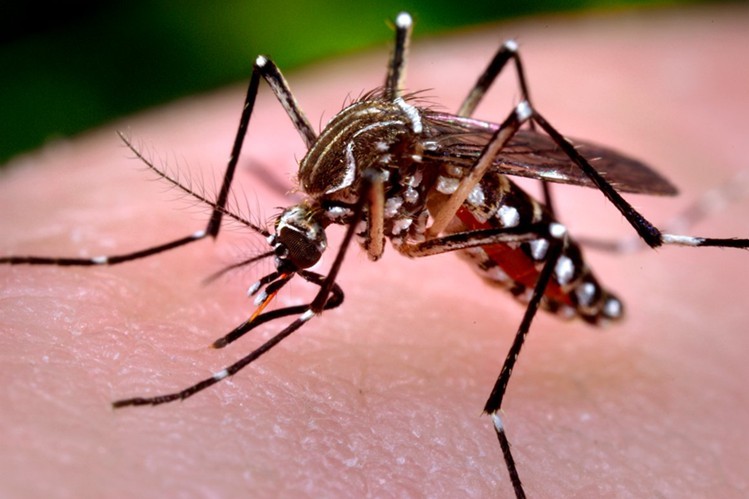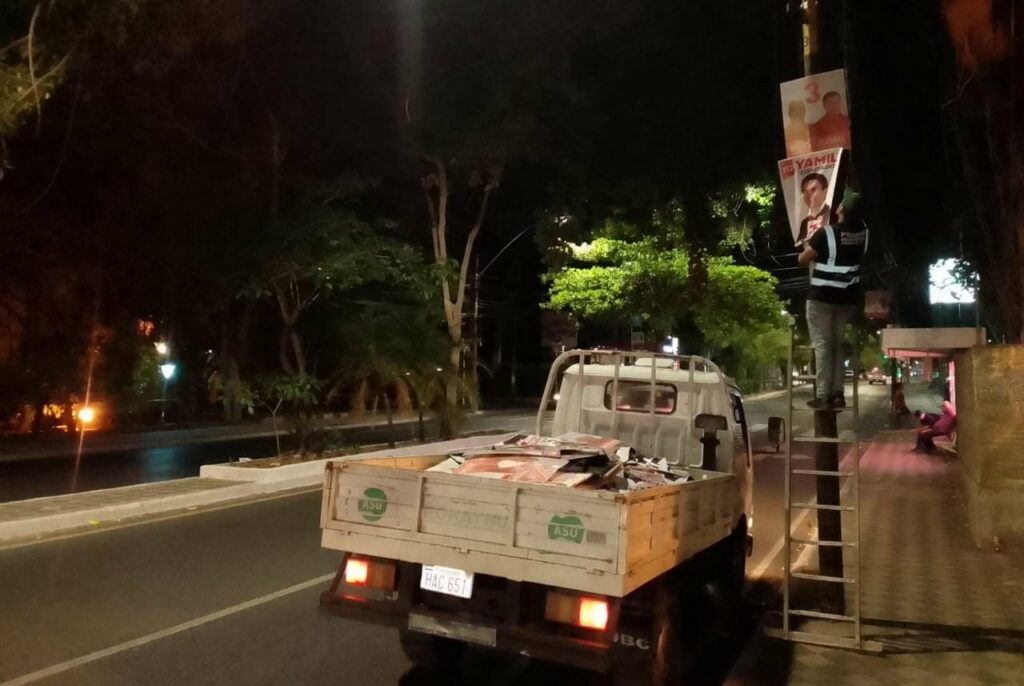The latest epidemiological report issued by the Ministry of Health (Minsa) revealed that of the 7,932 accumulated dengue cases in the country, the Panama Metro region continues to lead the list with the most accumulated dengue cases with a total of 1,985 and Panama North with 1417.
According to the document, it is followed by Panama Oeste with 1,145, San Miguelito with 846; Bocas del Toro 865; Herrera 463; East Panama 379; Chiriqui 217; Cocle 186; Los Santos 185; Colon 92; Veraguas 61; Guna Yala region 55; Darien 31; Ngäbe Buglé region 9 and 5 foreigners.
According to Minsa data, 4 deaths remain. And of the total of 7 cases, 122 are without alarm signs, 793 with alarm signs and 17 serious.
The deaths have occurred in Los Santos (1), Panama Oeste (1), San Miguelito (1) and the Ngäbe-Buglé region (1).
The Pan American Health Organization (PAHO) explains that dengue is a disease that affects people of all ages, with symptoms that vary from mild to disabling fever, accompanied by severe headache, pain behind the eyes, pain in muscles and joints, and erythema. The disease can progress to severe forms, characterized primarily by shock, respiratory distress, and/or severe organ damage.
Regarding Zika cases, the report mentions that a total of 4 cases have been registered, with 1 death in the province of Veraguas. The cases have been presented in: Chiriquí with (2) and Guna Yala with (1).
Zika fever is a mosquito-borne viral disease of the genus aedes caused by the Zika virus (ZIKV), consisting of mild fever, rash, headache, joint pain, muscle pain, general malaise, and non-purulent conjunctivitis that occurs 2 to 7 days after the bite of the vector mosquito .
Chikungunya
Chikungunya cases are reported 6 cases until week number 49. Distributors as follows: 2 in North Panama and one (1) case in the metropolitan area, Chiriquí, West Panama and Herrera.
Chikungunya is a viral disease transmitted to humans by mosquitoes infected with the chikungunya virus. The mosquitoes involved are the Aedes aegypti and the Aedes albopictus.
The Minsa recommends that the population use insect repellent, place mosquito nets on doors and windows, wear long shirts and pants, and maintain cleanliness in their homes and surroundings to prevent the spread of mosquito breeding sites.










